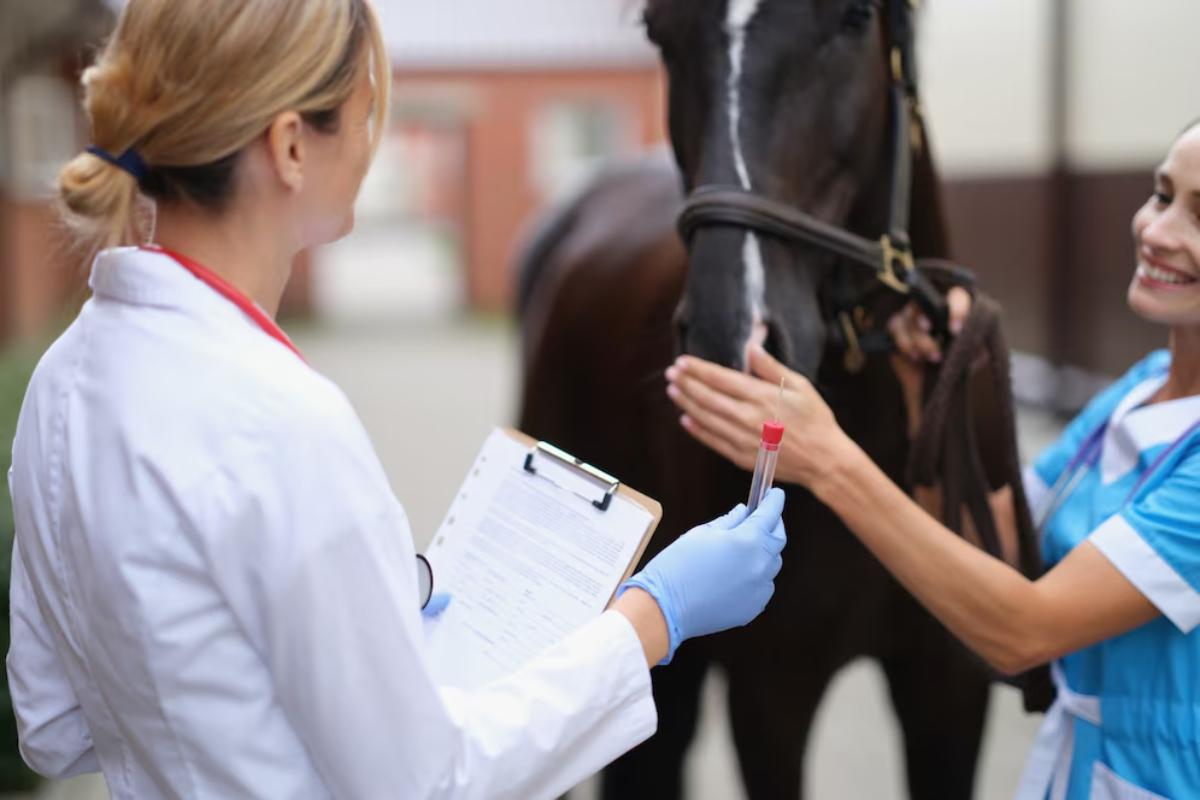
Setting Up a Pet Emergency Fund vs. Insurance
Picture this: it’s a lazy Sunday afternoon, and your dog, Baxter, is bouncing around the garden like a happy kangaroo. Suddenly, he yelps and starts limping. A trip to the emergency vet later, you’re staring at a bill for £1,200. Now what?
If you’re like many pet parents, you might not have anticipated a hefty vet bill out of the blue. That’s where pet emergency funds and pet insurance step in. But which one should you go for? Are they interchangeable? Or could combining both give you the best of both worlds?
In this guide, we’ll unpack the pros and cons of each approach, share practical tips for setting up a safety net, and help you decide what makes the most sense for your furry family.
What Is a Pet Emergency Fund?

A pet emergency fund is just what it sounds like: a savings account set aside specifically for unexpected pet expenses.
How It Works:
- You set aside a certain amount of money regularly (weekly or monthly)
- The funds are solely used for emergency vet visits or sudden health issues
- You have full control over the money, no middlemen involved
Think of it like a rainy-day jar for your pet.
Benefits of a Pet Emergency Fund
- Immediate access: No need to wait for claim approvals
- Full control: Use it as you see fit
- No premiums: Unlike insurance, there are no monthly payments
- Flexibility: Covers anything from dental emergencies to accidental injuries
Downsides to Consider
- Takes time to build: You may not have enough saved when an emergency strikes
- No extras: Doesn’t cover routine care or offer wellness perks
- Temptation to dip in: It can be tempting to use the money for non-pet-related emergencies
What Is Pet Insurance?
Pet insurance functions much like human health insurance. You pay a monthly premium, and the provider reimburses you (or pays directly) for covered treatments.
How It Works:
- Choose a policy based on your pet’s age, breed, and health status
- Pay a monthly or annual premium
- When your pet needs care, pay upfront, then file a claim for reimbursement
Types of Pet Insurance Coverage:
- Accident-only: Covers injuries from accidents (e.g., broken legs)
- Accident & illness: Adds coverage for conditions like cancer or infections
- Comprehensive: Includes wellness checks, vaccinations, dental care, etc.
Benefits of Pet Insurance

- High coverage: Potentially covers thousands in vet bills
- Peace of mind: Reduces financial stress during emergencies
- Routine care options: Some plans include annual check-ups and vaccinations
- Tailored policies: Choose based on your pet’s unique needs
Drawbacks to Watch For
- Monthly cost: Premiums can range from £10 to £60+ per month
- Exclusions: Pre-existing conditions often aren’t covered
- Deductibles and caps: You might still pay a portion out of pocket
- Claim delays: Some providers can take weeks to reimburse
Pet Savings vs Insurance: A Side-by-Side Comparison
| Feature | Pet Emergency Fund | Pet Insurance |
| Access to Funds | Immediate | After claim approval |
| Monthly Cost | Variable (you decide) | Fixed premium |
| Coverage Start Time | As soon as you save | Waiting period applies |
| Pre-existing Conditions | Fully covered | Often excluded |
| Reimbursement Required | No | Yes |
| Covers Routine Care | No | Sometimes (if comprehensive) |
| Flexibility in Usage | High | Restricted by policy terms |
When an Emergency Fund Makes Sense
There are times when a pet emergency fund might be the smarter choice:
- Young, healthy pets: If your pet has few vet visits, building a fund might suffice
- Financial discipline: You’re good at saving consistently and resisting the urge to spend
- Limited coverage options: If your pet is older or has pre-existing conditions, insurance may not offer good value
- Customisation: Want full control over how and when money is spent
Anecdote: Emma, a cat mum from Leeds, built up a £2,000 fund over two years. When her cat swallowed a string, she covered the £850 surgery without stress.
When Pet Insurance Is the Better Fit
Pet insurance might be your go-to if:
- You prefer financial predictability: Monthly premiums are easier to budget
- You’re risk-averse: You’d rather not gamble on your savings being enough
- Your pet’s breed is prone to health issues: Insurance can be a lifesaver for breeds with known risks (like pugs or retrievers)
- You want holistic care: Some policies cover preventive care and dental
Example: Mike’s dog Max developed epilepsy. His insurance covered over £4,000 in ongoing treatment costs in the first year alone.
Can You Combine Both?
Absolutely! In fact, this hybrid approach is gaining popularity.
Why combine?
- Insurance takes care of big-ticket emergencies
- The fund handles smaller, out-of-pocket costs or non-covered items
How to do it smartly:
- Choose a high-deductible, lower-premium insurance policy
- Save monthly into a dedicated emergency fund alongside
This offers peace of mind and financial flexibility.
Tips for Building a Pet Emergency Fund
- Set a Goal: Aim for £1,000 to £5,000 depending on pet type and age
- Automate Savings: Set up a standing order to a dedicated savings account
- Treat It as Untouchable: Label the account clearly and avoid mixing it with general savings
- Reassess Regularly: As your pet ages or develops health issues, adjust the amount
- Use Tools: Budgeting apps like Monzo or Plum can help you stay consistent
Choosing the Right Pet Insurance
When shopping for pet insurance:
- Read the fine print: Understand exclusions and caps
- Compare providers: Use sites like Compare the Market or GoCompare
- Check reviews: Look for providers known for quick, fair claims
- Watch the waiting period: Some policies won’t cover you immediately
Remember, cheapest isn’t always best.
Final Thoughts: Tailor to Your Pet and Your Life

There’s no one-size-fits-all answer. Choosing between a pet emergency fund, pet insurance, or a blend of both depends on your pet’s health, your financial habits, and your personal risk tolerance.
Being proactive about alternative pet coverage is one of the best ways to protect your beloved animal companion. Emergencies don’t send warning texts, but being financially prepared can ease the stress.
Caring for your pet means more than belly rubs and squeaky toys. It also means preparing for the unexpected. Whether you choose to build a pet emergency fund, opt for insurance, or take a hybrid route, the goal remains the same: keeping your furry friend healthy without financial strain.
Start small, but start today. Review your budget, look into policy options, or open a separate savings account. In the future, you (and your pet) will thank you.


